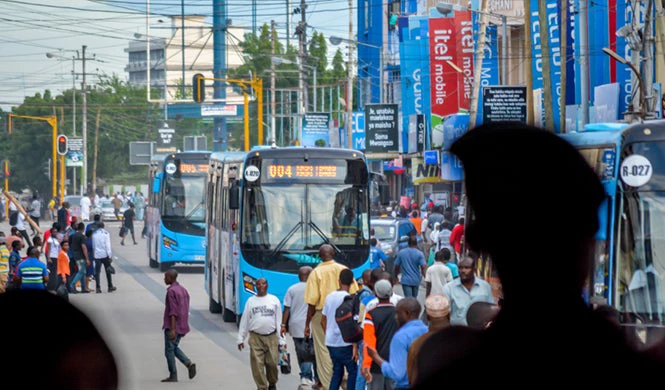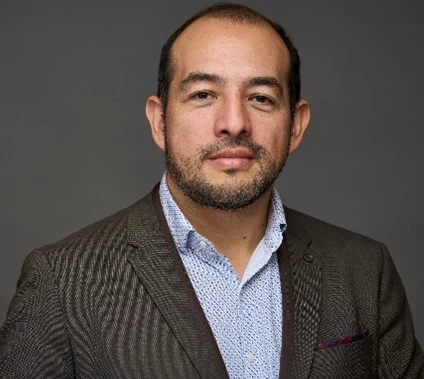
The World Bank Group (WBG) is currently implementing a new approach to development finance that will help better support our poverty reduction and shared prosperity goals. This crucial effort, dubbed Maximizing Finance for Development (MFD), seeks to leverage the private sector and optimize the use of scarce public resources to finance development projects in a way that is fiscally, environmentally, and socially sustainable.
There are several reasons why cities and transport planners should pay close attention to the MFD approach. First, while the need for sustainable urban mobility is greater than ever before, the available financing is nowhere near sufficient—and the financing gap only grows wider when you consider the need for climate change adaptation and mitigation. At the same time, worldwide investment commitments in transport projects with private participation have fallen in the last three years and currently stand near a 10-year low. When private investment does go to transport, it tends to be largely concentrated in higher income countries and specific subsectors like ports, airports, and roads. Finally, there is a lot of private money earning low yields and waiting to be invested in good projects. The aspiration is to try to get some of that money invested in sustainable urban mobility.
What are the constraints to greater private investment in sustainable urban mobility?
Only a small share of private investment in transport goes to public urban transport. Why is this?
- Most urban transport systems do not cover their operation and maintenance expenses, let alone capital expenses.
- Unlike airports and ports, urban transport projects generate revenues in local currency, creating an immediate barrier to cross-border financing.
- Upgrading to more environmentally friendly vehicles or building a mass transit system—metro, light rail, Bus Rapid Transit, etc.—requires investing large amounts of money at once.
- Private urban transport operators have limited control over ridership, especially in cities that are seeing rapid motorization and the emergence of new alternatives like shared mobility.
- The contracts between authorities and operators for urban transport concessions are complex and vary widely within the same country, or even within the same city.
- In many developing cities, bus services are provided by multiple small and unsophisticated operators that are not considered creditworthy or cannot generate sufficient repeat business to become a valued client for commercial banks.
What can governments do to remove these constraints?
- Focus on who pays (funding), not only who lends (financing). The question should not be how much money cities need to borrow and from whom, but rather how much money they can afford to spend given society’s willingness to pay for sustainable mobility via taxes or user charges. When we are approached with a financing gap and a request for a loan, we should turn around and say: how much more funding can you raise out of the sector? Have you considered urban transport systems’ ancillary revenues? Are you maximizing land value capture opportunities? Can you reduce implicit subsidies to cars so that you can reallocate some of that money to fund more sustainable transport? A sustainable urban mobility system generates enormous benefits that can be monetized to create new income streams and raise financing.
- Public-Private Partnerships (PPPs) are not the only way to raise private finance. By using the new revenue streams mentioned above and improving their financial management, local authorities—including urban transport state-owned enterprises and national or subnational governments—could become more attractive to private investors and issue commercial municipal debt.
- Broaden the investor base. Don’t just turn to banks, which have a limited capacity to provide long-term finance, but consider institutional investors as well, such as pension funds and insurance companies. Climate investors can also provide new sources of funding: in December 2016, Mexico City became the first subnational government to issue a green bond in Latin America that was used to finance sustainable transport projects, including improvements to the city’s metro system.
- Focus on developing more efficient financing frameworks. The urban bus sector is one in which you need to completely change the procurement and financing framework to remove the constraints. An example of such change is splitting the delivery of urban bus services in two different PPPs: one for the provision and maintenance of the bus fleet (most capital-intensive part) and the other one for operations. Larger bus acquisitions can facilitate and reduce the cost of financing, while contracts focused on operations improve cost-recovery and increase the operators’ focus on improving operational performance.
- Develop comprehensive investment programs rather than individual projects. Scale matters: it is not the same to go to the market with one project than with a program, which creates a critical mass and draws on greater interest from the private sector.
What can the World Bank Group do to help?
The WBG is helping client countries overcome these hurdles via advisory, lending, and risk management products. Constrains may arise on different fronts and call for a multisector response involving multiple WBG practices as well as a variety of World Bank, IFC, and MIGA products. When the challenge is to design projects that can attract private sector interest, World Bank teams provide advisory services to help client governments design better urban rail PPPs. When a client municipality struggles to access private finance due to low credit ratings and shallow financial markets, a credit guarantee may be the right option. Another constraint could be the foreign exchange risk, for which the WBG can provide hedging solutions.
I look forward to continuing working on engagements that bring together the best of the WBG to address these complex issues and help us reach sustainable mobility goals.


Join the Conversation